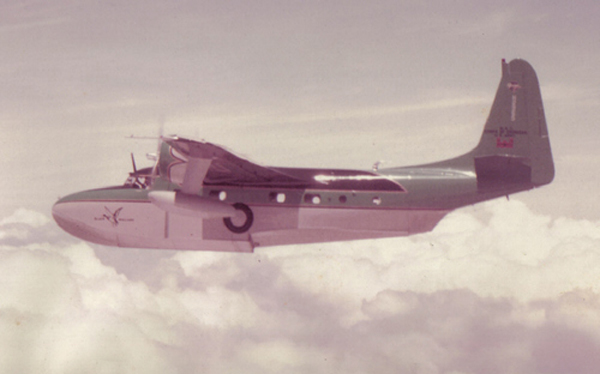Crash of a De Havilland DHC-2 Beaver near Kijik Lake: 8 killed
Date & Time:
Sep 12, 1975 at 1651 LT
Registration:
N64392
Survivors:
No
Schedule:
Anchorage - Twin Lakes
MSN:
968
YOM:
1956
Crew on board:
1
Crew fatalities:
Pax on board:
7
Pax fatalities:
Other fatalities:
Total fatalities:
8
Captain / Total hours on type:
125.00
Circumstances:
While cruising in good weather conditions, the pilot lost control of the airplane that stalled and crashed on the slope of a mountain located about 12 miles from Kijik Lake. The wreckage was found a day later and all eight occupants have been killed.
Probable cause:
Stall in flight after the pilot's attention diverted from operation of aircraft and he failed to maintain flying speed. The following contributing factors were reported:
- Loss of control at altitude too low to effect recovery,
- Heavily loaded aircraft.
- Loss of control at altitude too low to effect recovery,
- Heavily loaded aircraft.
Final Report:








